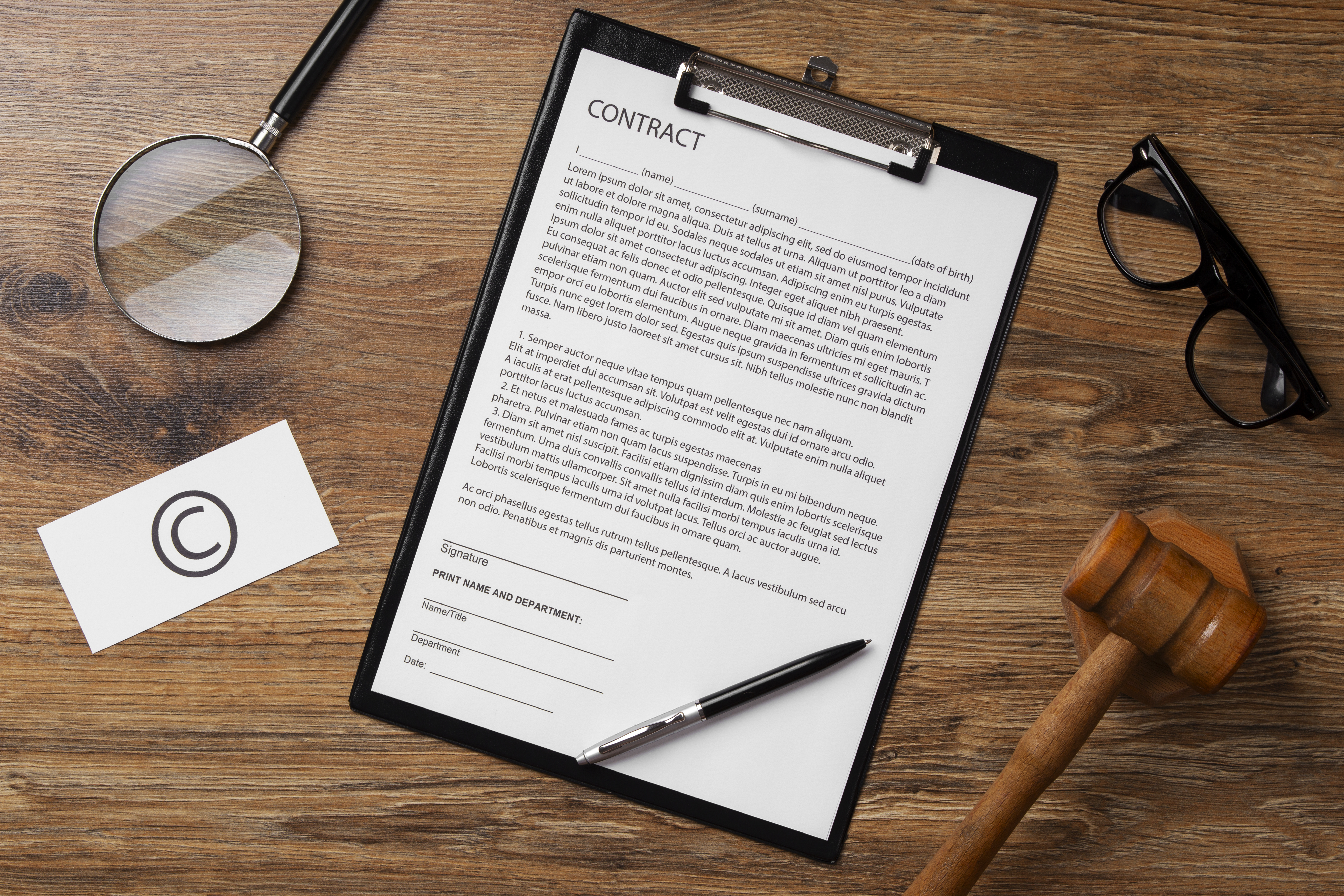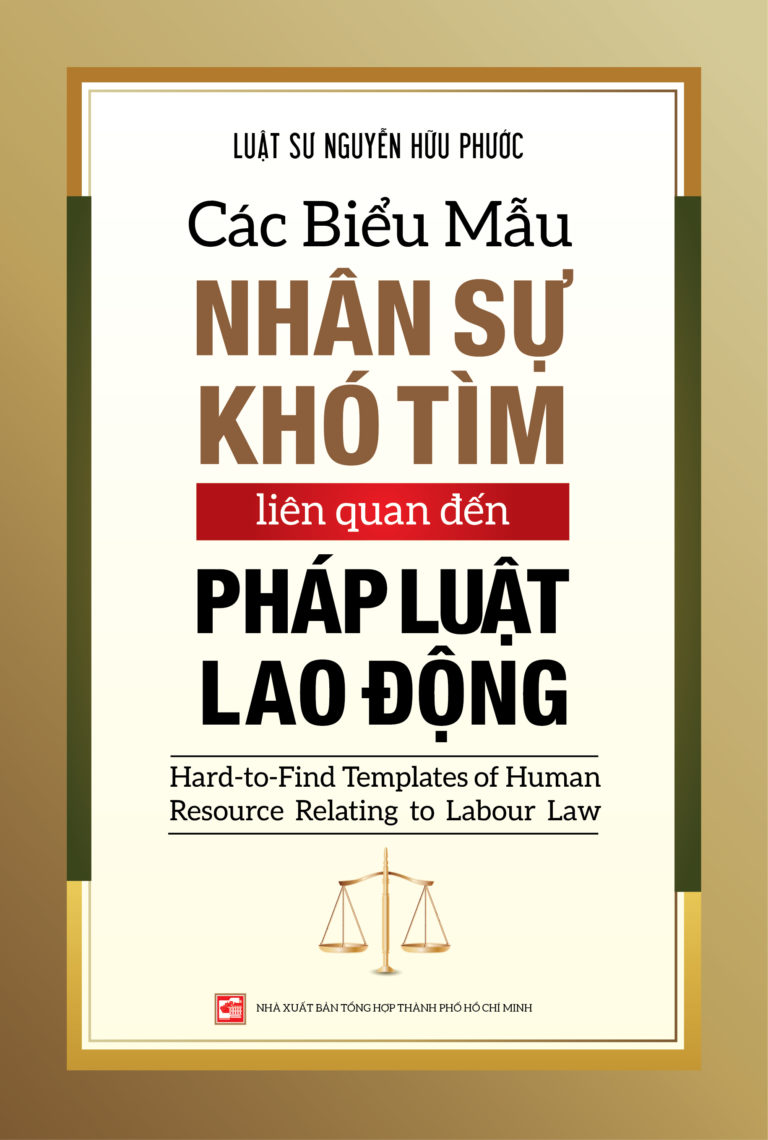STANDARD LEGAL LETTER OF DEMAND TEMPLATE 2025
In the context of a rapidly developing economy where civil and commercial transactions occur frequently and in diverse forms, many businesses face difficulties when their partners fail to fulfil payment obligations on time. Such delays may disrupt cash flow, affect business plans, and lead to legal disputes. In these circumstances, a Standard Legal Letter of Demand 2025 serves as an effective tool to remind the obligor of their payment responsibilities, demonstrate goodwill and cooperation, and minimise the risk of disputes. At the same time, a properly drafted letter of demand forms the first legal basis before stronger legal actions are taken – such as initiating a lawsuit. This article analyses in detail the contents and format of the Standard Legal Letter of Demand 2025, together with practical notes to optimise debt recovery effectiveness.
What Is a Letter of Demand?
A Letter of Demand is a written document prepared by one party in a contractual or transactional relationship requesting the other party to perform their payment obligation in accordance with the agreement. Under Articles 3.8, 3.9 and 50.1 of the Law on Commerce 2005, payment is one of the basic obligations of the buyer or service user. When this obligation is not fulfilled on time, the entitled party may send a letter of demand to require performance, which also serves as the basis for negotiation, mediation, or litigation.
A payment demand letter not only demonstrates the goodwill and cooperative attitude of the creditor in reminding and negotiating before initiating legal action but also serves as the final deadline for the debtor to fulfill its payment obligations. If the debtor fails to make payment after this deadline, the letter may be regarded as an important legal basis for determining late payment interest, penalties for breach, or compensation for damages, provided that such terms are stipulated in the contract.
Key Legal and Structural Standards of the Standard Legal Letter of Demand 2025
To be recognised as legally valid, a Standard Legal Letter of Demand 2025 must meet the following essential criteria:
Form Requirements
A letter of demand is not merely an administrative document; it also constitutes important legal evidence in the event of a dispute. Accordingly, its form must be properly structured, compliant with the relevant legal provisions, and reflective of the sender’s professionalism.
Formal and precise language: Language reflects the seriousness and credibility of the enterprise. Using precise wording with correct spelling and grammar not only helps the reader accurately understand the content but also conveys a sense of thorough preparation and professionalism on the part of the sender. In particular, if the letter may be used as evidence in court or arbitration, vague, emotional, or inaccurate language could render the document “insufficient as proof.”=
Consistent and professional format: A letter that is presented with consistent formatting (font style, size, margins, and line spacing) not only reflects professionalism and respect toward the recipient but also helps enhance the sender’s credibility and corporate image. For businesses, affixing the company seal and obtaining the signature of an authorised representative are essential to ensure the document’s legal validity. If the letter is sent by an individual, it should clearly state the person’s full name, address, and legal relationship with the debtor.
Content Requirements
The content section is the core of a payment demand letter. No matter how well-presented the document may be, if its content lacks legal basis, is vaguely written, or fails to provide sufficient information, the letter will have little practical value. Therefore, the content of a Standard Legal Letter of Demand must be comprehensive, clear, and include the following key information:
Basic information of the parties: Accurately and fully recording the name, tax identification number, address, and other relevant information helps to precisely identify the parties with rights and obligations, preventing confusion or disputes regarding legal status. In addition, providing clear contact details facilitates prompt and transparent communication and verification between the parties, demonstrating the enterprise’s professionalism and goodwill in cooperation.
Detailed payment information: Specify the date the obligation arose, the payment deadline, and the date of default. This clarity enables accurate calculation of late payment interest and demonstrates that the debtor breached their contractual obligation.
Legal basis for the demand: Every legitimate request must be based on specific and lawful grounds. A payment demand letter should clearly and thoroughly reference the relevant contract or agreement between the parties, including details such as the document number and date of signing, as well as supporting materials such as VAT invoices, detailed statements, acceptance records, payment vouchers, or handover minutes. These documents should be attached to the payment demand letter as essential evidence to substantiate the rights and obligations of the parties.
Amount due: State the exact sum in both figures and words, breaking down the principal, interest, and any additional charges (if applicable). Clarity in this regard prevents misunderstandings and pre-empts objections from the debtor.
Payment method: Specify the mode of payment, e.g., bank transfer, letter of credit, or cash (where legally permissible). When bank details are provided, include the account name, number, and bank to avoid errors or delays.
Payment method: Specify the mode of payment, e.g., bank transfer, letter of credit, or cash (where legally permissible). When bank details are provided, include the account name, number, and bank to avoid errors or delays.
Payment deadline: The letter should clearly specify a reasonable time frame within which the debtor is required to fulfill its financial obligations. It should also state the specific deadlines for responding to the payment demand and for making the payment (typically within 3 – 7 days), allowing the debtor sufficient time to process and respond. These timelines also serve as a basis for determining a breach if the obligated party fails to comply with the stated requirements.
Confirmation and acknowledgement: The creditor should confirm and authenticate the contents of the letter by signing and affixing the company seal. To preserve the relationship, the letter may also invite the debtor to acknowledge receipt or propose a repayment schedule. A courteous tone demonstrates goodwill and keeps the door open for negotiation before taking legal measures.
Practical Notes When Drafting a Letter of Demand
To ensure that the Standard Legal Letter of Demand 2025 achieves maximum effectiveness, attention should be given not only to content but also to tone and manner of expression:
Maintain a respectful and professional tone: The purpose of the letter is to encourage performance, not to criticise or exert undue pressure. A polite and cooperative tone increases the likelihood of a positive response and prevents the letter from being construed as threatening or coercive.
Verify data and evidence carefully: Before dispatch, double-check the contract, invoices, delivery notes, and related documents to avoid errors regarding amounts or dates. Any inaccuracy may undermine the letter’s validity and damage the sender’s credibility in legal proceedings.
Select an appropriate delivery method: Prefer methods that provide proof of dispatch and receipt – such as registered post, email with confirmation, or delivery via a legal representative. This ensures lawful evidence of transmission and simplifies tracking and record-keeping.
Retain copies and proof of delivery: Each step should be documented with postal receipts, email confirmations, or handover records. The sender should keep original copies as evidence of proper notice, which may be critical in court.
Option to enclose an official letter or internal memorandum: In some cases, the enterprise may attach an internal legal notice or official correspondence from the legal department. This formality can reinforce the seriousness of the demand.
Taking the time to prepare a well-structured and legally sound payment demand letter is not only a smart move that helps the enterprise save long-term legal costs but also reflects a professional, modern working style and strategic vision in the business landscape of 2025.
The above is an overview of Standard Legal Letter of Demand Template 2025. If you have difficulties in finding a Law Firm to advise and support in the relevant legal field, please contact us. Phuoc & Partners is a professional consulting firm established in Vietnam and currently has nearly 100 members working in three offices in Ho Chi Minh City, Hanoi and Danang. Phuoc & Partners is also rated as one of the leading consulting firms in Vietnam with highly specialised teams in top legal fields such as Labour and Employment, Taxation, Merger and acquisition, Litigation. We are confident in providing customers with optimal and effective service.










